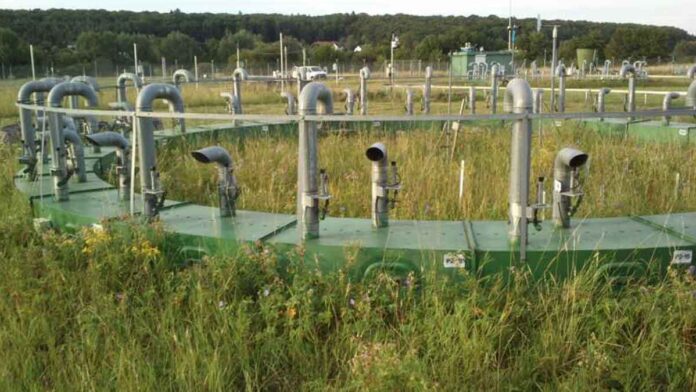As carbon dioxide levels in the atmosphere rise, many people believe that planting trees is an effective way to bind carbon. However, researchers from the University of Gothenburg and other institutions are warning that forests on nutrient-poor land will not be a long-term carbon sink. The uptake of CO2 by forests declines as they age, and each time forests are planted, there is a risk of additional carbon being released from the soil.
The ability of plants to bind carbon is an important factor in calculating the effects of climate change as CO2 levels in the atmosphere rise.
In several long-term field experiments, scientists have now measured how much biomass grows in air with elevated CO2 concentrations. When the plants lived in poor soil, growth stimulation was poor or absent, even after only ten years.
“The total biomass that binds carbon was not stimulated more by the elevated CO2 levels in our experiments over time,” says Louise Andresen, a researcher at the University of Gothenburg. “Exactly when growth slowed down depended on various factors, but one important one was how much nitrogen the soil contained.”
A more complex picture
Other factors that have not previously been considered include the fact that some trees die and thus stop binding carbon dioxide. Instead, their carbon is released too soon. While the size of our forests’ capacity to mitigate the greenhouse effect has been debated in the past, this study published in the scientific journal Global Change Biology provides a more nuanced picture.
“We now know that simply planting forests will not silence our consciences; it will not help in the long run. The only thing humanity can do is reduce its greenhouse gas emissions “Louise Andresen says
The researchers also warn that tree planting can have serious consequences. A heath or tundra-like land is already a good carbon sink. If machines roll in to prepare the soil for planting, there is a high risk that the carbon bound in the soil will be released into the atmosphere.
The amount of nitrogen in the soil is critical
Previously, it was assumed that increased carbon dioxide causes an increase in biomass growth. Talking to your plants to help them grow is supposed to be beneficial. Forests, grasses, and other vegetation were exposed to varying levels of carbon dioxide in the air in outdoor experiments in the United States, Switzerland, Denmark, and elsewhere, and researchers then measured biomass growth. The researchers noticed that where the soil had a low nitrogen concentration, the biomass stopped growing after a few years.
“That’s not great news, given that carbon dioxide levels in the Earth’s atmosphere have risen from 380 ppm to over 410 ppm in the last 20 years alone,” says Louise Andresen. “After these very long experiments, we know more about how vegetation responds to elevated carbon dioxide levels. When you take the whole ecosystem, the soil’s fertility, and the plant’s entire life cycle into account, many ecosystems do not increase the amount of carbon they bind.”

